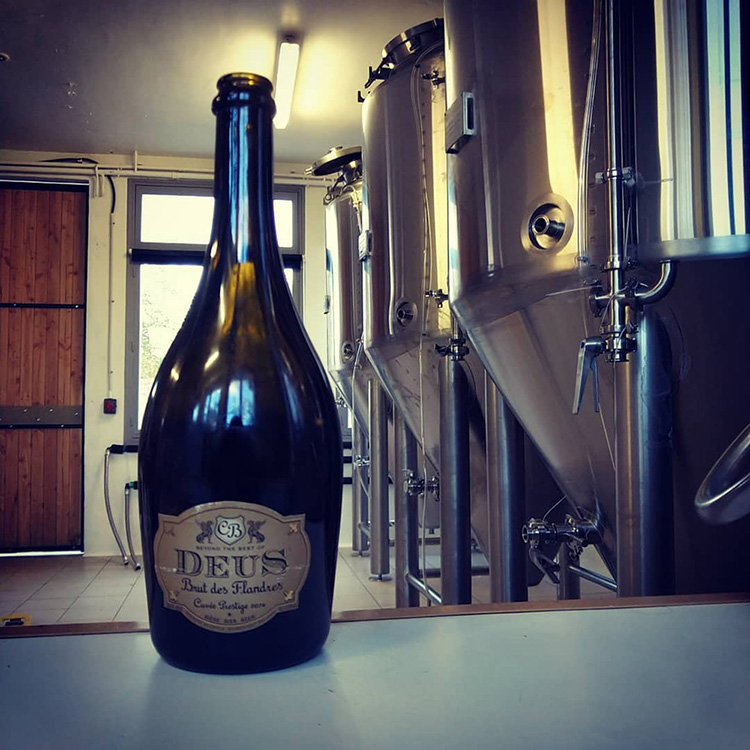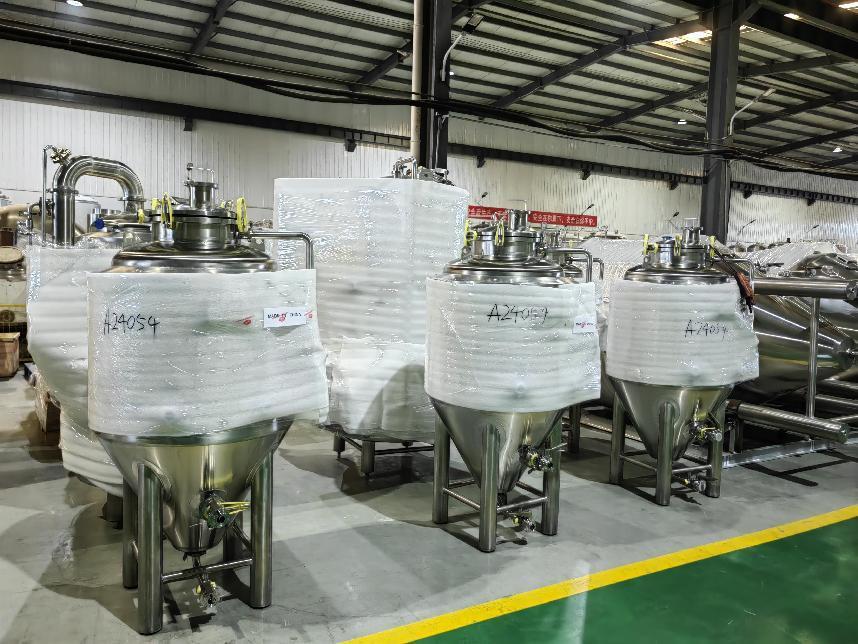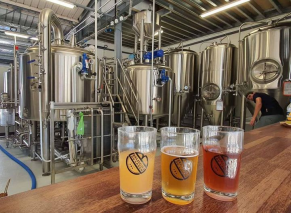Two Stage Heat Exchanger In Microbrewery
Two stage heat exchanger Generally the two stage plate heat exchanger composed by two paragraphs with one middle plate inside. The first stage cooling with city water, the second stage cooling with coolant, such as glycol...
Read MoreThe principle of expanding yeast cultivate
The principle of expanding yeast cultivate Part 1: Strains condition The key to expanding the yeast cultivate is use excellent unicellular bacteria. The bacteria should be evaluated by physiological charastics and perform...
Read MoreThe efficiency of heat exchanger on 1000L micro brewery brewhouse
The efficiency of heat exchanger on 1000L micro brewery brewhouse The heat exchange area is 8M2 for 1000L beer system. Two stages for city water and glycol water. City water, below 20℃ (about 17-18℃)in can cool the wo...
Read MoreCompare 2 kinds of steam condenser & Tiantai Brewery Systems
Compare 2 kinds of steam condenser Tiantai Brewery Systems For nanobrewery or microbrewery, there are 2 main ways of steam draining. First classic type is steam vent by steam condenser with spray nozzles. Boiling the wort...
Read MoreHow to brew beer by Tiantai Brewery Systems?
1. Barley malt crushing in Grain miller. 2. Malt mashing in brewhouse for about 2hours to get wort 3. Lautering: seperate the spent malt and wort. 4. Transfer the clear wort into Kettle tun for wort boiling about 1 hour. ...
Read MoreHow to collect yeast in micro breweries?
How to collect yeast in micro breweries? Yeast Storage Yeast should be used as soon as possible and not stored for long periods before re-use (longer than 2 weeks). Yeast should be maintained between 1-2C n an oxygen free...
Read MoreCommon used auxiliary raw material for malt
Common used auxiliary raw material for malt There are many kinds of grain material can be used as the auxiliary material for malt, common used ones are rice, corn, barley, wheat, suger, syrup etc. (1). Rice Rice is most-w...
Read MoreHops for Beer Making - Beer Hops
Hops for Beer Making - Beer Hops In the beer making process, hops act as a preservative and a flavouring agent adding a bitter taste that offsets the sweetness of the maltose or malt suger. Hops also add an aroma that res...
Read More.jpg)
.jpg)
.jpg)
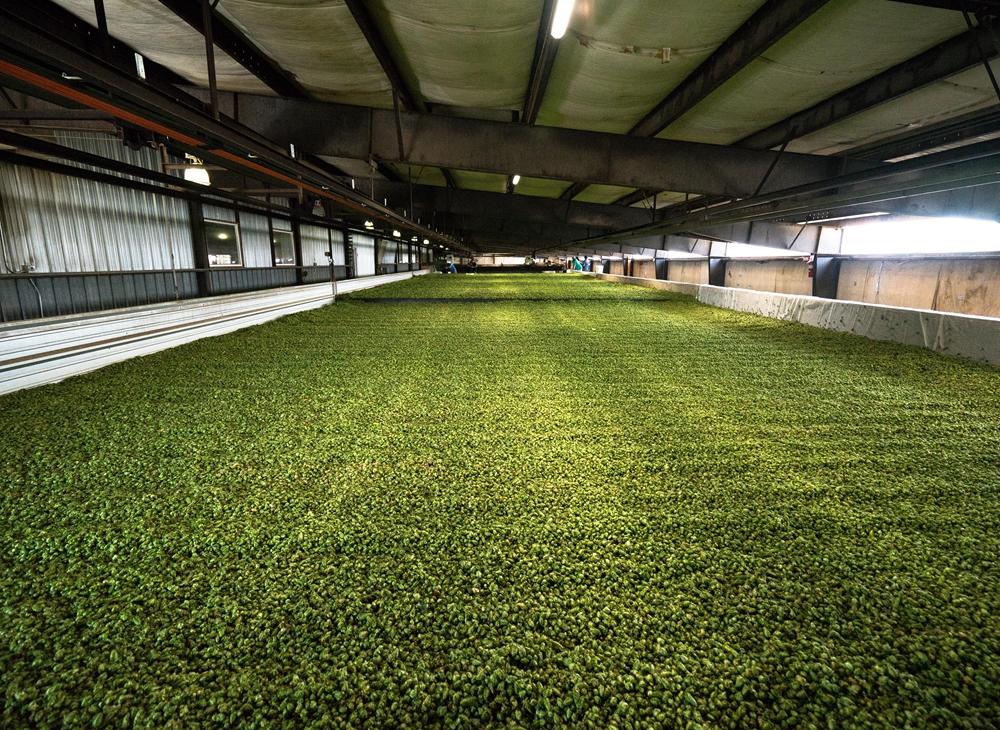
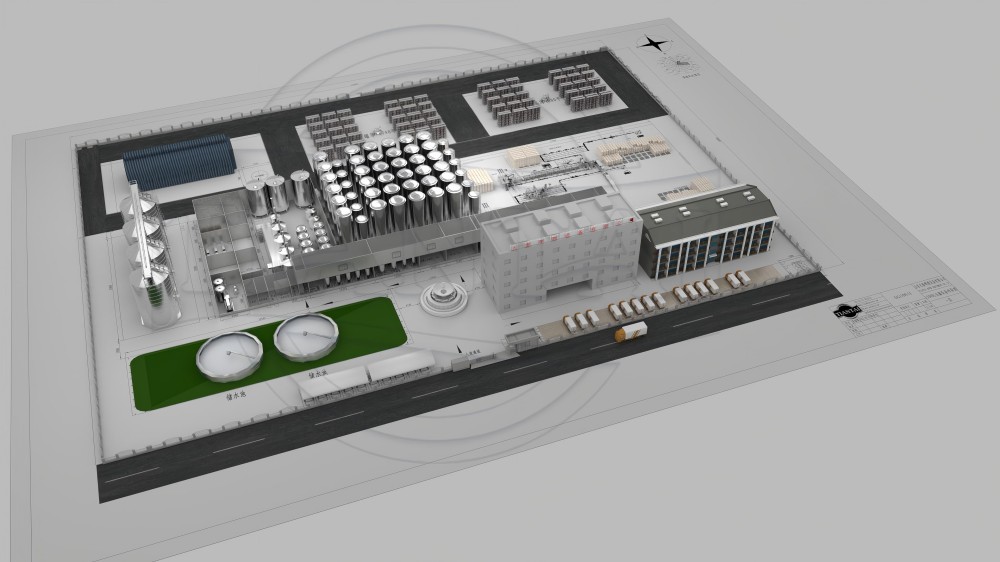
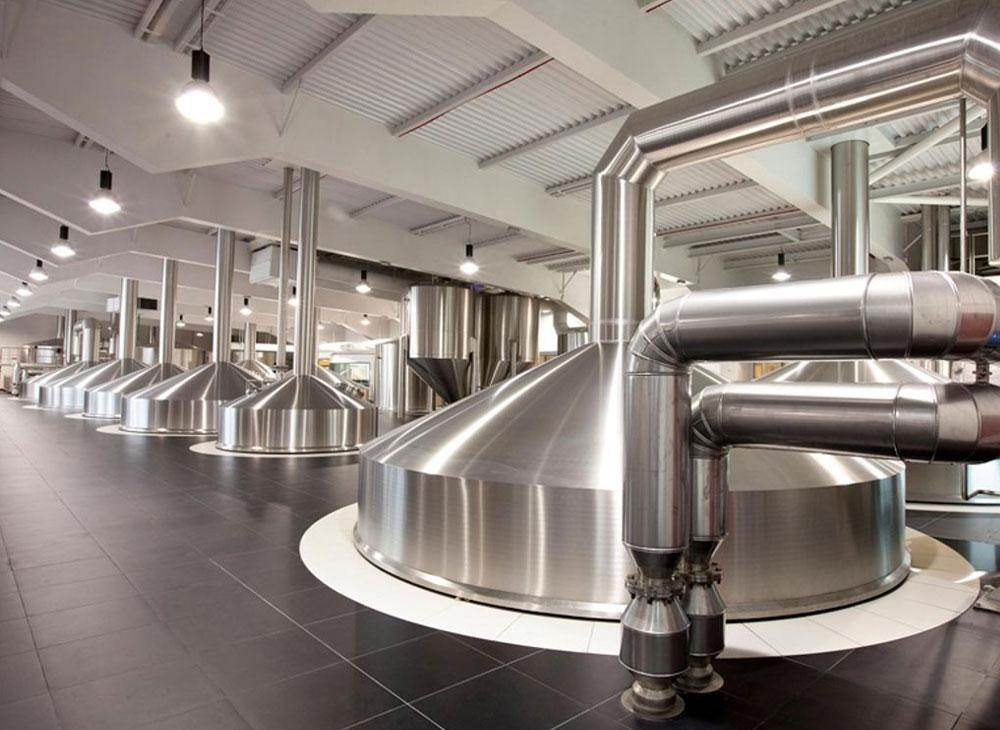
.jpg)


